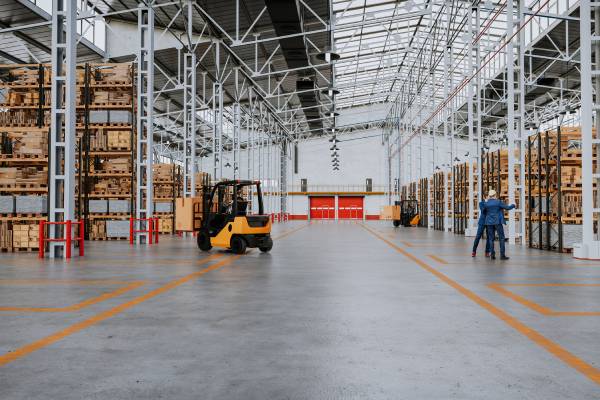Flexible Warehousing Is Key to Overcoming 2025 Supply Chain Hurdles
With discussions surrounding potential tariff changes on imports taking center stage, businesses are bracing to tackle any supply chain disruptions in 2025, including lingering and new concerns: the year-long closure of the Suez Canal, potential labor disruptions, and the peak season rush of the Chinese New Year.
Many supply chain companies and professionals are left wondering about the effects of these economic uncertainties, how it may affect their businesses, and how they can best prepare.
Have post-election import tariffs triggered frontloading?
The National Retail Federation reported record volumes of total US imports between November and December 2024. Charles Van der Steene, President for Maersk North America, said:
“From our vantage, we see that the volumes continue to be strong. And we can conclude the inventories are being pulled forward because of the anticipation of potential disruptions. But, we do not see any panicked frontloading of cargo — but a very strong continuation of the overall import growth in the United States seen in 2024.”
Due to the higher import volumes, the demand for warehousing has grown significantly, resulting in leasing costs rising by more than 4% YoY. The need is continually increasing among retailers and lifestyle brands, specifically in terms of adaptability for space/capacity to accommodate potential volume shifts and more resources to manage higher repositories.
How has the surge in warehousing demand impacted retail and lifestyle businesses?
For retail and lifestyle brands, the increased need for warehousing space amplifies existing inventory pressures, including:
- Seasonality: For fashion retailers, stocking seasonal items like winter apparel or summer collections requires precise timing. A delay in fulfillment can turn these goods into unsold inventory, leading to markdowns or outright losses.
- Short product cycles: Fast fashion and consumer electronics operate on rapid turnover. Trends change quickly, and new models often render existing inventory outdated and obsolete.
- High returns volume: Lifestyle brands, especially in apparel, deal with significant return volumes due to sizing issues or customer preferences. Warehouses n…



Comments are closed, but trackbacks and pingbacks are open.